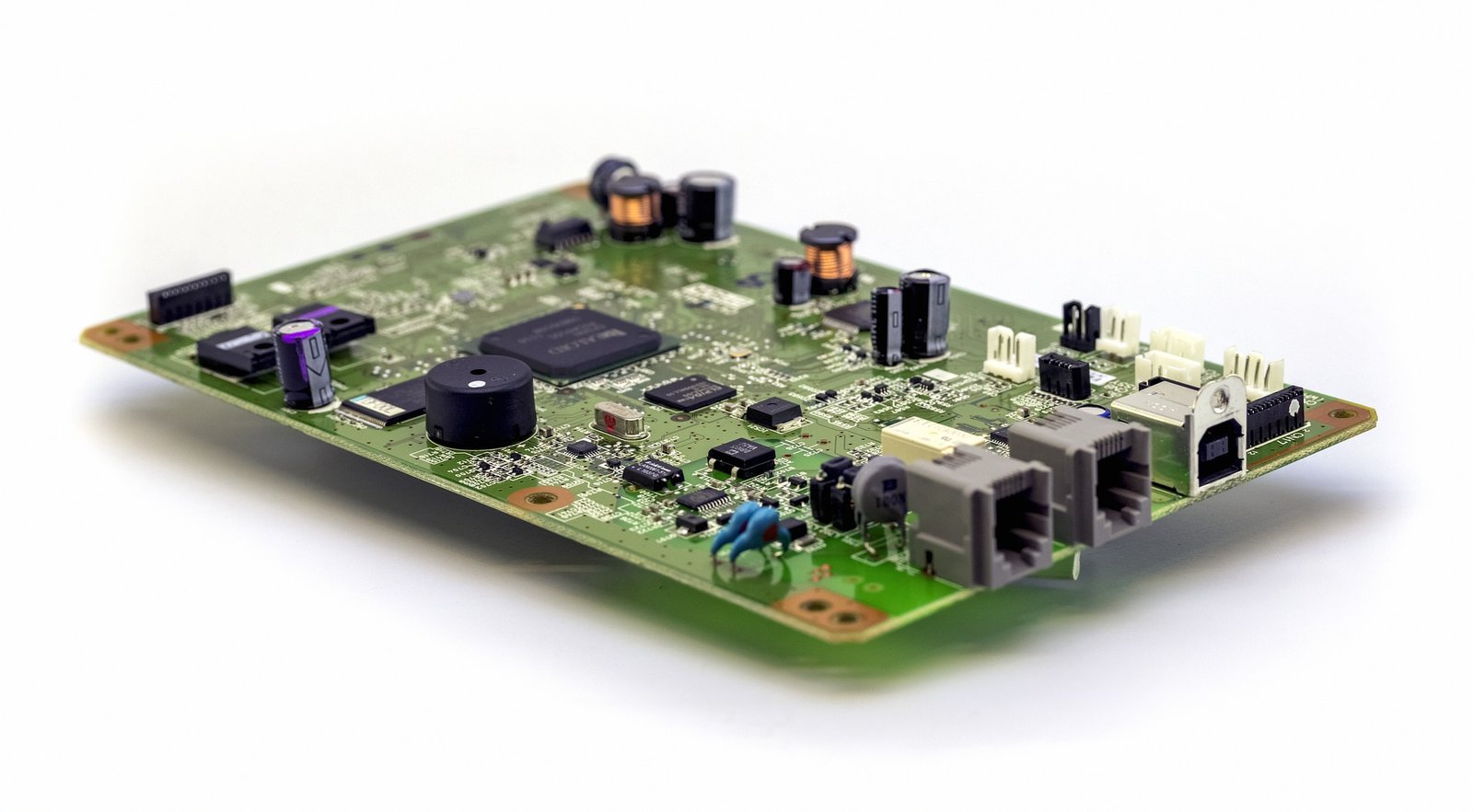Checking a PCB (Printed Circuit Board) with a multimeter is an essential step in troubleshooting, ensuring quality, and verifying the integrity of the board. This process helps in identifying open circuits, shorts, and faulty components, which could potentially cause failures in electronic devices. Below is a detailed guide on how to effectively check a PCB board using a multimeter.
1. Preparation and Safety Considerations
Before starting, it’s crucial to take the necessary safety precautions. Ensure that the PCB is powered off and disconnected from any power source. Handling a live PCB can lead to dangerous electrical shocks and damage the board. Use an antistatic wrist strap to prevent static electricity from damaging sensitive components on the PCB. Also, make sure your multimeter is functioning correctly and calibrated, as inaccurate readings can lead to misdiagnosis of the PCB issues.
2. Understanding the Multimeter Settings
A multimeter is a versatile tool capable of measuring various electrical parameters such as voltage, current, resistance, and continuity. For PCB testing, the primary functions you’ll use are:
· Continuity Test: This mode checks if a circuit is complete and will emit a beep if the circuit is closed.
· Resistance Measurement: Used to check the resistance of components or tracks.
· Voltage Measurement: For checking whether specific components are receiving the correct voltage.
Set your multimeter to the appropriate function based on what you intend to test on the PCB.
3. Checking for Continuity
Continuity testing is essential in pcba manufacturing to ensure that connections are intact. To perform a continuity test:
1. Set the multimeter to the continuity mode, usually indicated by a diode symbol or a sound wave symbol.
2. Place the multimeter probes on either side of the trace or component you wish to test. A successful connection will produce a beep sound, indicating that the path is continuous.
3. If no sound is produced, it may indicate an open circuit or a break in the trace, which could be a potential failure point in the PCB.
4. Testing for Short Circuits
Short circuits occur when unintended paths allow current to flow where it shouldn’t, which can cause component failures or even damage the entire PCB. To check for shorts:
1. Switch your multimeter to the resistance mode.
2. Measure the resistance between the ground and power lines. A very low resistance reading could indicate a short circuit.
3. Test between various points on the board to ensure there are no unintended connections that could cause shorts.
5. Component Testing
Each component on the PCB, such as resistors, capacitors, and diodes, can also be tested using a multimeter:
· Resistors: Measure the resistance by placing probes on both ends of the resistor. Compare the measured value with the specified value on the resistor or the circuit diagram.
· Capacitors: While capacitors require a special setting or a dedicated capacitor tester, you can still get an indication of a faulty capacitor by measuring its resistance. A low resistance reading may suggest a shorted capacitor.
· Diodes and Transistors: Use the diode test mode on your multimeter. Place the positive probe on the anode and the negative on the cathode. A good diode will show a voltage drop (typically 0.7V for silicon diodes), while a faulty one may show an open or short circuit.
6. Voltage Testing
Voltage testing is done to ensure components on the PCB are receiving the correct operating voltages. To perform a voltage test:
1. Set the multimeter to the DC voltage measurement mode.
2. Connect the black probe to the ground and the red probe to the test point.
3. Check if the voltage reading matches the expected value as per the circuit design.
Ensure you have the correct polarity when performing voltage tests to avoid damaging the multimeter or the PCB.
7. Identifying PCB Defects
After performing the above tests, you should be able to identify any defects in the PCB. Common issues include broken traces, faulty components, or shorts between power and ground. If defects are found, they can be rectified by re-soldering joints, replacing components, or repairing traces.
8. Documentation and Further Testing
Documenting the results of your tests is crucial for further analysis and for maintaining the quality assurance processes in a pcba factory. If any issues are found, it is important to recheck after repairs to ensure that the board functions correctly.
In the context of turnkey PCB assembly, testing with a multimeter is a key step in ensuring that the assembled boards meet the required specifications before they are shipped to customers. Accurate and thorough testing helps in reducing the overall printed circuit board cost by minimizing returns and rework.
Conclusion
Checking a PCB with a multimeter is a straightforward yet essential process in maintaining the integrity and functionality of electronic circuits. Whether you’re involved in pcb prototyping services or full-scale pcba manufacturing, regular and systematic testing with a multimeter can save time, reduce costs, and ensure that the final product is reliable and meets industry standards. By following the steps outlined in this guide, you can effectively diagnose and address common PCB issues, ensuring high-quality outcomes in your projects.
For more information on PCB testing and manufacturing, visit ArisenTec PCB.
Choosing the Right Wires for Breadboard Wiring: A Comprehensive Guide
Breadboards are a staple in electronic circuit building, offering flexibility and ease of use for both beginners and professionals. However, one of the most critical aspects of working with breadboards is selecting the right wires. The wires you choose can impact not only the functionality of your circuit but also its longevity and ease of…
How to Improve Heat Dissipation in PCB Design
Introduction As modern electronic devices become more complex and power-dense, heat dissipation has emerged as a critical factor that directly impacts device performance and reliability. Excessive junction temperatures in electronic systems can shorten the lifespan of components and lead to system failure. Thus, optimizing the PCB (Printed Circuit Board) design to improve heat dissipation is…
Manufacturing Process of Multilayer PCBs
Multilayer PCB manufacturing methods include the plated-through hole (PTH) and high-density interconnect (HDI) methods, both achieved by combining different processes to realize the circuit board structure. Currently, the most widely used method is the PTH method, which has been developed and refined over more than half a century. The PTH method is mature in terms…


